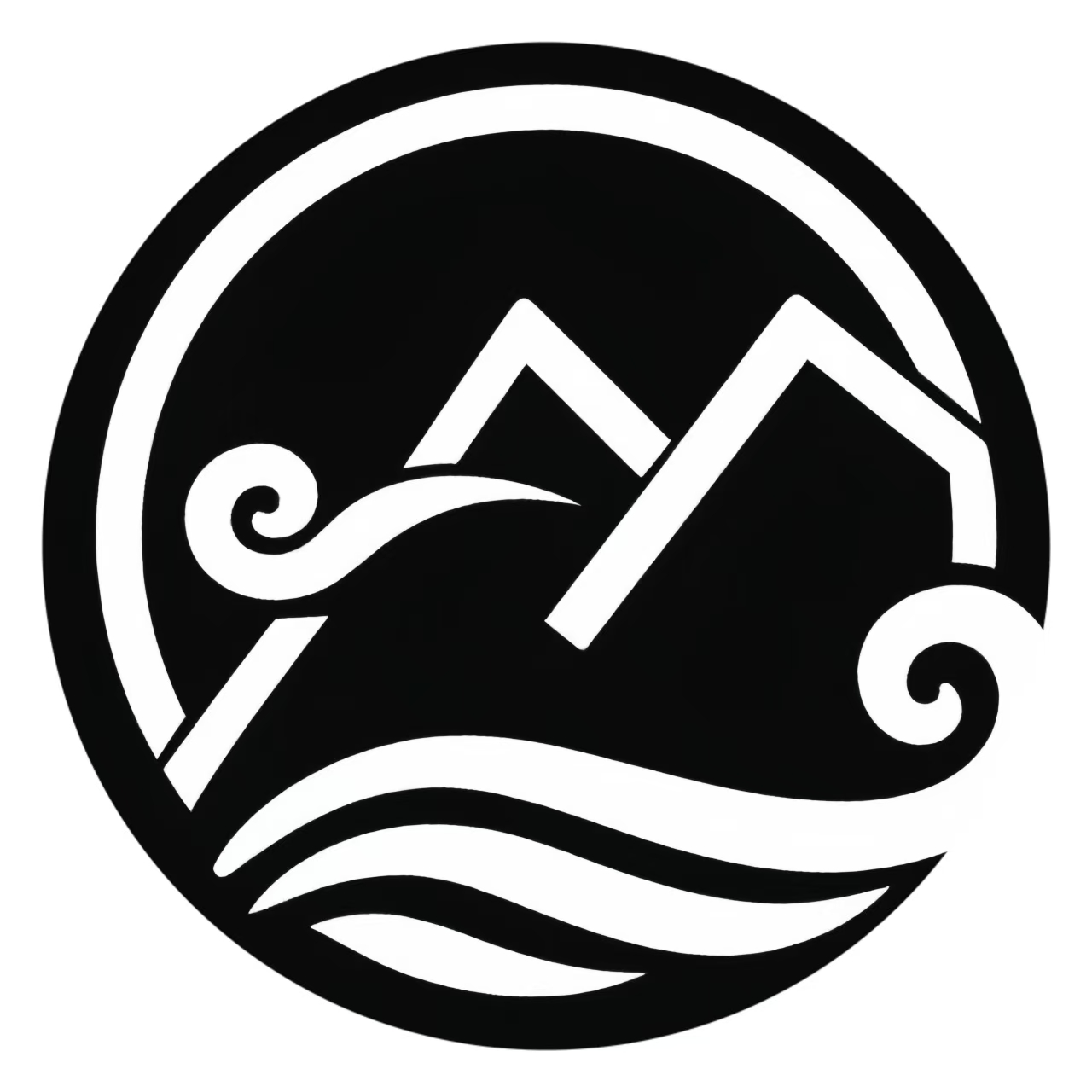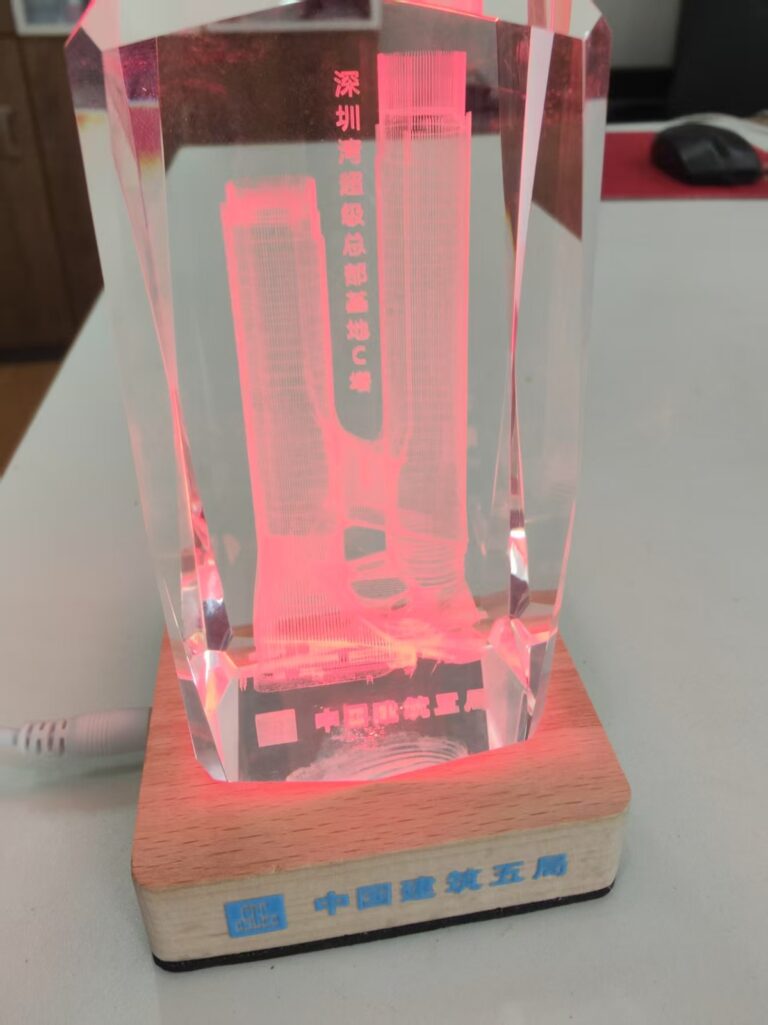A real-life guide for small rooms, big dreams, and everything between
Close your eyes and picture a tiny freight rolling past a diner the size of your thumb. That little whoa you feel is why people love model trains. To make that magic fit your life, you choose a scale (how big the trains are) and a gauge (how far apart the rails are). Pick well, and the layout fits your space, your budget, and your patience.
Two words you’ll see everywhere
Scale = the size ratio. 1:87 means the model is 1/87th the real train.
Gauge = the distance between the rails.
Quick rule: the bigger the second number, the smaller the model. (1:220 is smaller than 1:87.)
Fast cheat sheet (with “feels”)
T (1:450, 3 mm) – Ant-tiny. Fun novelty, micro layouts.
Z (1:220, 6.5 mm) – “Briefcase city.” Whole towns in laptop space.
N (1:160, 9 mm) – Long trains, real scenery, modest footprint.
TT (1:120, 12 mm) – Between N and HO; growing fast.
HO (1:87, 16.5 mm) – Most popular. Parts, kits, tutorials everywhere.
OO (1:76, 16.5 mm) – UK favorite. Slightly chunkier than HO.
S (1:64, ~22.5 mm) – Sweet proportions, smaller ecosystem.
O (US 1:48) – Bold and tactile. Needs wider curves.
G / Large (1:22.5–1:32, 45 mm) – Garden railways. Patio parties, real sunshine.
What each scale feels like in real life
T – “Is that…moving?” Cute, delicate, mostly for display.
Z – Apartment magic; steady hands help.
N – Coffee-table empire: mountains, bridges, and long freights without stealing the room.
TT – More detail than N, less bulk than HO.
HO – The safe start: best mix of size, price, and selection.
OO – If you love British rail, this feels like home.
S – Bigger presence, fewer brands—plan purchases.
O – Big wow. Easy couplers, great with kids. Needs space.
G / Large – Outdoors on 45 mm track; landscaping becomes part of the hobby.
Narrow-gauge flavors (same scale, slimmer rails)
HOn3 / HOn30 – HO bodies on narrower track; logging and mining charm.
On30 – O-scale trains on HO track; affordable, characterful, tight-curve friendly.
Nn3 – N bodies on Z track; tiny, adorable, patient-hands territory.
“Will this fit my shelf?” (curve sanity check)
N: 9–11″ radius runs nicely on desks.
HO: 18–22″ starter curves; 24″+ looks more realistic.
O: Commonly O-31 (≈15.5″ radius) and up; longer cars want broader.
G: Think patio widths; bigger engines need generous curves.
Shelf depth hint: N ≈ 12–15″, HO ≈ 18–24″. O/G usually need more.
How to choose your scale (make it fit your life)
1.Space:
Wall or desk? N or compact HO.
Spare room/garage? HO or O.
Backyard? G / Large.
2.Eyes & hands:
Bigger parts / building with kids? O, OO, or S.
Love small detail? N or TT.
3.Budget & availability:
HO/N = most options and best deals.
OO shines in the UK; O/G cost more per item.
4.Play style:
Long trains & scenery: N, HO.
Hands-on switching & presence: O, S, OO.
Rustic charm: On30, HOn30, HOn3.
5.Community:
You’ll find help for any scale. HO/N just have more of it.
Simple starter layout ideas
N “pizza”: 24″×24″ circle with a hill and a depot—pure relaxing loops.
HO shelf switcher: 12–18″ deep, 6–8′ long—endless little puzzles.
O table-runner: A loop along a wall or holiday tree; add buildings over time.
G patio oval: 6–8′ wide; herbs as trees, gravel as ballast—living scenery.
Power and control (keep it easy)
DC (analog): One knob = one train. Simple and cheap.
DCC (digital): Control multiple locos on the same rails, lights, and sound. Feels like magic.
Most HO/N engines are DCC-ready or DCC-equipped.
Pitfalls to skip
Curves too tight for long cars → derailments.
Rough track joins → take time with roadbed and joiners.
Scenery first, track second → flip that: reliable rails, then pretty hills.
Mixing “large scale” brands blindly → check ratios on 45 mm track.
Quick FAQs
HO or N—which is better?
Neither. N fits more railroad into less space; HO is bigger and easier to handle with the widest selection.
Can kids use O scale?
Yes. O is sturdy and tactile. Use wider curves and simple plans.
OO vs HO?
OO is 1:76 (slightly larger) on the same 16.5 mm track. HO is 1:87.
Mixing scales on one scene?
Not ideal—it breaks the illusion. Narrow-gauge combos (like On30) are different and totally fine.
A 7-day gentle jump-in
Days 1–2: Measure your space. Pick a scale with the checklist.
Day 3: Choose a simple oval or shelf plan.
Day 4: Starter set or one DCC-ready loco + a few cars + sectional track.
Day 5: Lay track on cork/foam roadbed. Test a lot.
Day 6: Add one structure and a few trees.
Day 7: Run trains, tweak, smile—welcome aboard.





